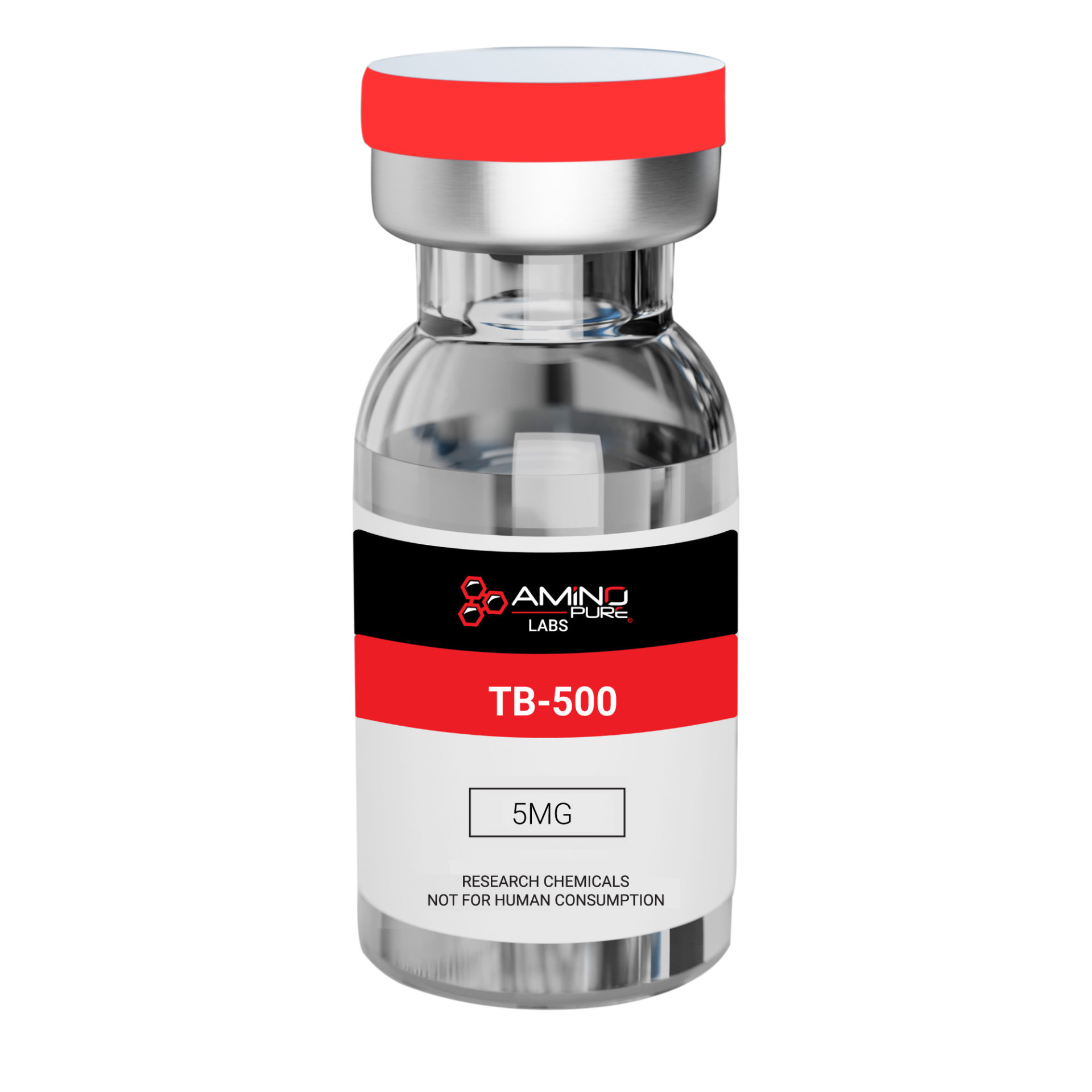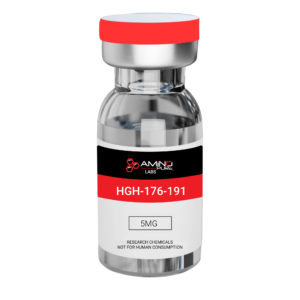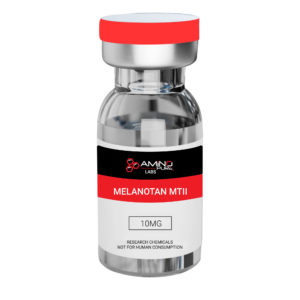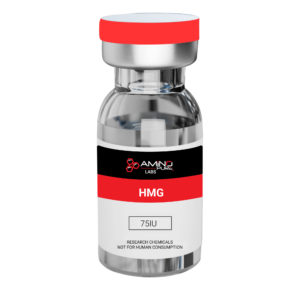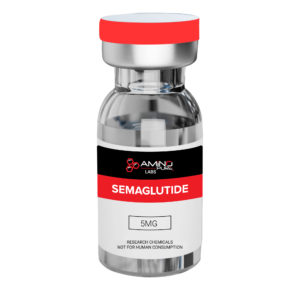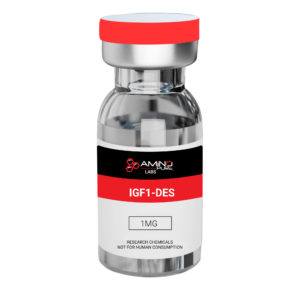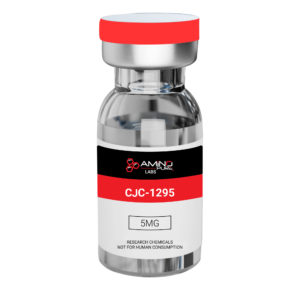Description
THYMOSIN AND DISCOVERY OF THYMOSINS
Thymosin is a 5-Da polypeptide hormone secreted by the thymus gland, that stimulates the development of disease-fighting T cells (a specific type of white blood cell): The thymus gland is located behind your sternum and between your lungs. Throughout your childhood years, white blood cells called lymphocytes pass through the thymus, where they are transformed into T cells. Once T cells have fully matured in the thymus, they migrate to the lymph nodes (groups of immune system cells) throughout the body, where they aid the immune system in fighting disease. Though the thymus gland is only active until puberty (after puberty the thymus starts to slowly shrink and become replaced by fat), its double-duty function as an endocrine and lymphatic gland plays a significant role in your long-term health. The body uses T-cells help destroy infected or cancerous cells. T-cells created by the thymus also help other organs in the immune system grow properly. Thymosin also assists in the development of B cells to plasma cells to produce antibodies.
Thymosins are small peptides present in many tissues. They are called thymosins because they were originally isolated from the thymus, but most are now known to be present in many other tissues. Thymosins have diverse biological activities, and two in particular, thymosin α1 and thymosin beta-4 (thymosin-β4), have potentially important uses in medicine. Beta thymosins are the primary regulators of unpolymerized actin, and are essential for maintaining the small cytoplasmic pool of free G-actin monomers required for rapid filament elongation and allowing for the flux of monomers between the thymosin-bound pool and F-actin.
The discovery of thymosins in the mid 1960s emerged from investigations of the role of the thymus in development of the vertebrate immune system. The original factor Thymosin fraction 5 (TF5) was extracted from the bovine thymus by scientist Allan L. Goldstein and colleagues. Thymosin Fraction 5 was found to contain over 40 small peptides (molecular weights ranging from 1000 to 15,000 Da), which were named “thymosins” and classified as α, β and γ thymosins on the basis of their behaviour in an electric field. Individual thymosines have been found to have extremely diverse and important biological properties. However, they are not truly thymic hormones because they are not limited by the presence of thymus and some are widely distributed in many different tissues.
THYMOSIN BETA-4
Thymosin beta-4 (Thymosin-β4) is a major cellular constituent in many tissues, and its intracellular concentration may reach as high as 0.5 mM. In humans, it is encoded by the TMSB4X gene and consists of 43 amino acids, its sequence is SDKPDMAEI EKFDKSKLKK TETQEKNPLP SKETIEQEKQ AGES and has a molecular weight of 4921 g/mol. Extracellular Thymosin beta-4 may contribute to physiological processes such as angiogenesis, wound healing, and regulation of inflammation. After an injury (as the first gene) Thymosin beta-4 is released by platelets and numerous other types of cells to protect the most damaged cells and tissues and to reduce inflammation and microbial growth.

TB-500, CLINICAL TRIALS AND RESULTS OF ACTION
TB-500 is synthetic version of the endogenous protein Thymosin beta-4. Scientific reasearch and performed clinical trials have demonstrated TB-500 significantly helps in the healing of muscle, tendon, ligament, joint and bone injuries: TB-500 increases angiogenesis (new blood vessel formation) around damaged tissue, improves collagen deposition, tissue healing and cell survival. TB-500 also upregulates actin (a vital cellular protein critical to muscle contraction, cell mobility, and signaling between cells), has strong anti-inflammatory properties (significantly decrease the amount of inflammatory substances, called cytokines), supports increase in resistance and strength in muscles and helps maintain connective tissue flexibility. Its molecular structure and low molecular weight allow it mobility and ability to travel through tissues over long distances – to circulate in the body and find a wound site to trigger remedy and healing. TB-500 is used not only in the treatment of various inflammatory conditions, but also as part of the treatment of heart attack due to its cardio and neuroprotective effects; or has been used in the treatment of HIV, Influenza and various infections.
SCIENTIFICALLY INVESTIGATED POSSIBLE BENEFITS OF TB-500
-
- Significantly helps in the healing and repair of muscle, tendon, ligament, joint and bone injuries
- Strong anti-inflammatory properties, decreases the amount of inflammatory substances, called cytokines
- Increases angiogenesis (new blood vessel formation) around damaged tissue
- Improves collagen deposition, tissue healing and cell survival
- Increases exchange of substances between cells
- Upregulates actin (a vital cellular protein critical to muscle contraction, cell mobility, and signaling between cells)
- Supports increase in resistance and strength of muscles, calms muscle spasm and improves muscle tone
- Prevents the formation of adhesions and fibrous bands in muscles, tendons, and ligaments
- Stretches connective tissue and helps maintain its flexibility
- Has cardio and neuroprotective effects
- Enhances hair growth
TB-500 POSSIBLE SIDE-EFFECTS
Scientific studies and clinical trials have not shown any complications, strong adverse side or toxic effects during ingestion of TB-500. It seems very well tolerated, but potential interactions with other medications, still can trigger possible adverse reactions. And also some test subjects experienced the following slightly negative effects:
-
- Reddening, pain or irritation at the injection site
- Temporary sense of lethargy or tiredness
- Head rush (that only last for a short period of time)
- Headache
TB-500 & THYMOSIN BETA-4 FAQ
What is TB-500?
TB-500 is synthetic version of the endogenous protein Thymosin beta-4.
How TB-500 can help?
TB-500 significantly helps in the healing of muscle, tendon, ligament, joint and bone injuries.
What does TB-500 do?
TB-500 has the ability to control the upregulation cell-building proteins. An example of this is TB-500’s upregulation of actin, a protein which forms together with myosin as the contractile filaments in muscle cells, as well as the metabolism and motion of other similar type cells. Due to actin’s upregulation, TB-500 is able to promote cell growth, cell migration, healing and the proliferation of cells. Moreover, besides the added benefit of creating new blood vessel pathways, inflammation is decreased for greater wound healing.
What is Thymosin?
Thymosin is a 5-Da polypeptide hormone secreted by the thymus gland, that stimulates the development of disease-fighting T cells.
Where is Thymus located?
The thymus gland is located behind your sternum and between your lungs.
What does the Thymus gland do?
The thymus serves a vital role in the training and development of T-lymphocytes or T cells, an extremely important type of white blood cell. T cells defend the body from potentially deadly pathogens such as bacteria, viruses, and fungi.
What happens if Thymus is removed in human?
Removal of the organ in the adult has little effect, but when the thymus is removed in the newborn, T-cells in the blood and lymphoid tissue are depleted, and failure of the immune system causes a gradual, fatal wasting disease.
What type of hormone is Thymosin?
Thymosin is a 5-Da polypeptide hormone secreted by the thymus gland. Thymosin α1 stimulates the development of precursor T cells in the thymus to mature T cells. Of the thymosin peptide family, thymosin β4, is the most abundant member and is also expressed in many cell types.
What does Thymosin beta 4 do to the body?
Thymosin beta 4 (Tβ4), a major actin-sequestering protein, is the most abundant member of the highly conserved β-thymosin family and controls cell morphogenesis and motility by regulating the dynamics of the actin cytoskeleton. Tβ4 is known to be involved in various cellular responses, including antiinflammation, wound healing, angiogenesis, and cancer progression.
TB-500 DOSAGE
In the scientific and clinical studies performed, the dose of TB-500 was often reported as 2-5 mg twice a week (depending on the purpose and severity of the lesion / lesion being treated) over a period of 4 to 8 weeks.
OVERVIEW
TB-500 is synthetic version of the endogenous protein Thymosin beta-4. It has the ability to control the upregulation cell-building proteins and promote cell growth, cell migration, healing and the proliferation of cells. Scientific research and performed clinical trials have demonstrated TB-500 significantly helps in the healing of muscle, tendon, ligament, joint and bone injuries. Its molecular structure and low molecular weight allow it circulate in the body and find a wound site where triggers healing.

